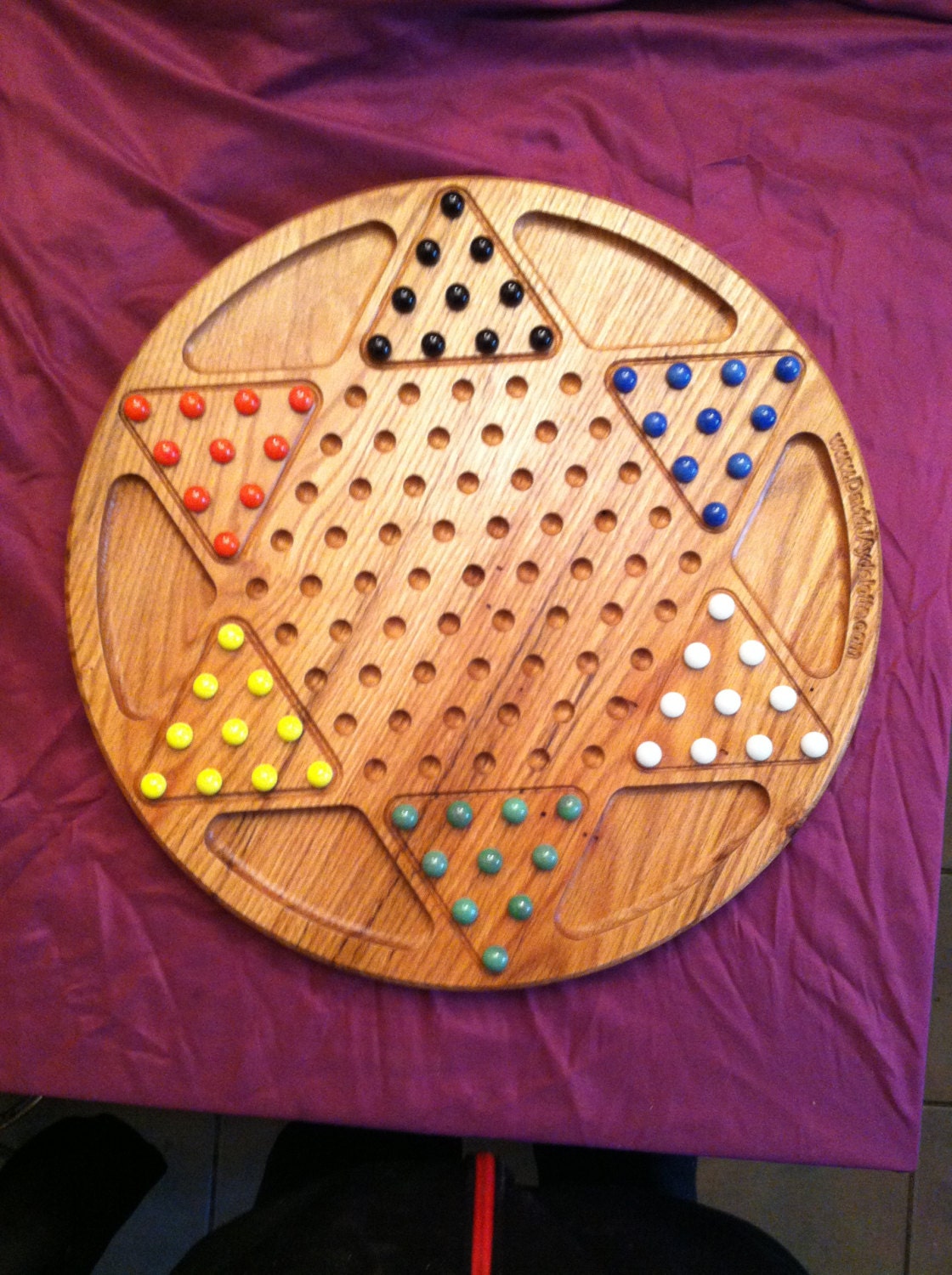
Ironically, this is the same New York store that in 2002 created t-shirts with racist slogans and images mocking Chinese until protests ended their sale. for Caucasian and Chinese checkers were 7.76 and 8.21, respectively. Note: "Chinese Checkers," a children's game, was Chinese only in name and decoration and made in Germany. against ethnic minorities, and to evaluate racial stereotypes perceived by goods /. The Chinese government and social media companies occasionally censor online hate speech, and some users have been warned by the authorities to stop their racist rhetoric.

Thus, despite the prevailing prejudices against Chinese people, Americans had no problems adopting Chinese games such as mah jongg. He called me a racist, because of the fact that he felt it was a racist thing to. Abercrombie & Fitch, a clothing store, marketed it to Americans in 1920 and is said to have sold over 40,000 sets in one decade. Fact Checkers Disagree On Whether Biden Called Trumps China Travel Ban. In the 1920s, mah jongg became wildly popular in America, especially with Jewish women. The game was even banned during the Cultural Revolution but has since regained its appeal in contemporary China. Sawsan Qashgari studies Racism, Feminism and Language, which focuses on.

It was a popular recreational pastime, sometimes involving small stakes gambling, but with the rise to power of Communist China in 1949, gambling was disapproved. College of Foreign Language, Pingdingshan University, Pingdingshan, China. Mah Jongg, a game of skill and strategy that is likened to the card game, rummy, but using small bakelite tiles instead of cards, originated in China during the Qing dynasty around 1870.


 0 kommentar(er)
0 kommentar(er)
